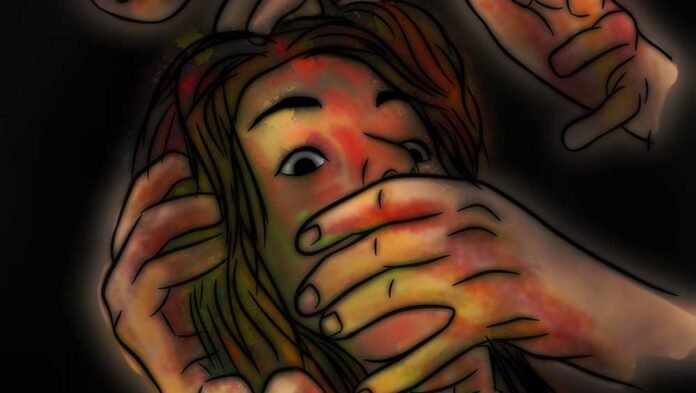The earliest mention of the term ‘domestic violence’ (DV) goes back to the year 1973, used in the UK Parliament by Jack Ashley, however the first case of domestic violence dates back to 1871, when George Fulgham, a formerly enslaved man was accused of assaulting his wife by the State of Alabama. However, family violence had become a globally recognised issue only in the 1960s and the 1970s with the influence of the Women’s Liberation Movement.
A gap of almost 100 years lies between the time when the first case arose and when people began discerning that what is happening is unethical and voices must be raised. It is also important to note that in the space of 100 years several DV cases went unreported and were deemed as ‘private family matters’ thus normalizing DV.
NGOs and other organizations still do exist that take care of the victims of domestic violence, yet the question lingers, “Is the issue receiving as much attention as it deserves?”
Domestic violence may occur owing to varied reasons like childhood trauma, notions regarding hierarchy and domination or the most ubiquitous, observational learning, witnessing DV as a child. Over the years DV has bifurcated into various other forms like economic, physical, sexual, control, isolation, physical, verbal and male privilege.
Unlike the olden days, DV in the contemporary world is very difficult to identify, not all of them leave scars. However there are some factors that may allude to whether it is a case of DV or not.
In case of economic violence, all the finances would most likely be under one of the two partner’s names or one of the partners is not permitted to work and earn for themself.
In case of isolation, one partner is not allowed to make phone calls or text anyone without the approval of the spouse.
DV, as aforementioned, has evolved and taken several other forms that are not very transparent or cannot be discerned easily. Thus, it would not be erroneous to claim that several cases of DV have not been recognized as DV let alone reported.

